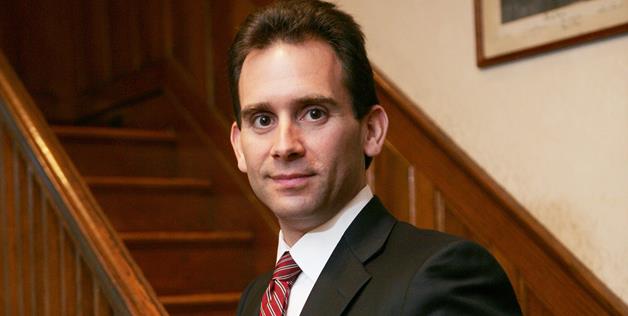Were Too Many Trees Cut at German School Construction Site?
The source of some heated discussion during the May 19 Planning Board meeting in White Plains were complaints by residents living near the German International School on Partridge Road that too many trees were being removed at the recently approved construction site to expand the school.
Planning Board member Robert Stackpole emphasized that it was the responsibility of the Board to make sure a construction management plan was in place before work was initiated.
That did not happen with the German School project and questions were raised about whether or not the school had acted beyond the site plan approval.
Stackpole said the expectation made with a base tree count was that a lesser percentage of trees would be removed than had actually been cut down. However, Planning Board Secretary Eileen McClain said there were different tree counts that did not agree because in some instances groupings of trees had been circled and counted as “one.”
Stackpole blamed the confusing process on the Planning Board and said they needed to communicate more clearly with each other in the future. The Board agreed.
Also on the night’s agenda was the setting of a public hearing for June 15 on the Windward School’s six-acre subdivision at 221 and 227 West Street.
The hearing will include final approval on the three-lot subdivision as well as on site plans for the three lots.
A representative for the Windward School indicated that the only changes from the conceptual plans were alterations in the house sizes on the lots. Lot 1 had a 1,000 square foot house size increase. On lot 2 the house size increased by 300 square feet and on lot 3 the house size was minimally reduced.
The plans will be posted on the city’s website before the hearing to allow the public to review them.
Acting Planning Commissioner Linda Puoplo explained changes to the New Light Industrial Mixed Use Zone that had been proposed for the Westmoreland Avenue area near the White Plains Transit hub.
Because the existing Light Industrial Zone already had several allowed uses, Puoplo said the addition of multi-family residential, hotel and extended-stay hotel would be Special Permit uses added to the zone.
No exceptions on parking would be allowed in the new zone.
Planning Board members discussed the need for more specific language in the ordinance relating to the “maintenance of the historical character of buildings to the maximum extend possible,” claiming that it was too general and could be used to a developer’s advantage against the best interests of the city.
Puoplo felt the new Historic Preservation law recently enacted in White Plains would address that issue.
Because the Westmoreland Avenue area is considered to be underutilized, the Board agreed that the goal was to expand and encourage tax revenue through redevelopment. However because the area is not walkable from the White Plains downtown – only from the transit center and local residences at this point – parking and therefore traffic through the exiting neighborhoods was a consideration.
Stackpole and Board member John Ioris agreed that the area was a tough place to redevelop. They also noted that the online shopping and banking industries had changed the way shopping is done and that had affected the brick and mortar districts all around White Plains.
Addressing the need to bring in younger residents – especially those who are ensconced in the world of social networking and mobile computer apps, Stackpole said: “If we want to attract the Millennials, we have to be sure what we bring in first is going to be successful.”

